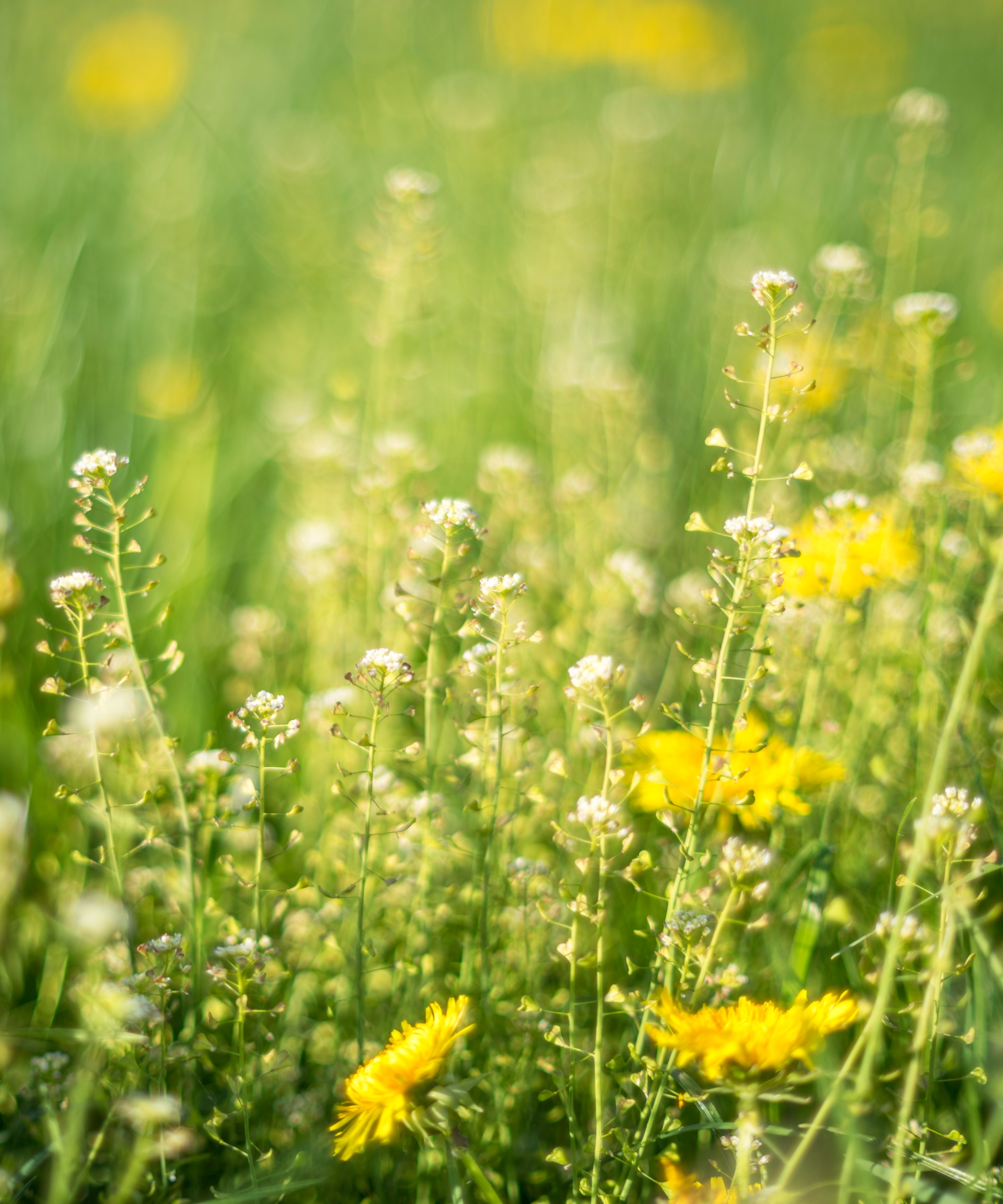How to remove weeds from pavers – 5 natural ways to keep your patio free from weeds
Use these experts tips to get rid of weeds from pavers, decks and patios – permanently


Learning how to remove weeds from pavers and patios is a never-ending job and one that any keen gardener has to return to year after year. However, if you know how to get rid of weeds from pavers properly, stop them spreading and reappearing, you will be able to minimize the amount of work you will have to do moving forwards.
With a few expert tips, however, it is possible to find out how to get rid of weeds and also prevent new ones seeding on your patio.
How to remove weeds from pavers
The dreaded garden weed will steal root space, light, water and nutrients from your fruit and vegetable gardens. Not only that, they can also harbour pests, diseases and viruses. No wonder we’re constantly waging a war on weeds. If you want to ditch chemicals for environmentally conscious controls, how do you get results?
There are many reasons why you might prefer not to use chemicals to kill the weeds from your pavers. Such considerations include whether you have children or pets who play on it regularly or you want to keep the area environmentally safe to encourage wildlife.
Here are our preferred ways to remove weeds from pavers, as approved by the experts.

1. Use a hoe or weeding knife
Removing weeds from pavers with hand tools is effective and environmentally friendly. Wait until the soil surface is fairly dry before hoeing, otherwise you’ll uproot weeds rather than cut off their heads, and uprooted weeds can quickly regrow
Deep-rooted weeds such as dandelion and bindweed require the removal of their tap root. This can be tricky in crevices or cracks. Specially designed narrow-bladed weeding tools. Investing in a good quality ‘block paving knife' (like this highly-rated weeding knife from Amazon) should be sufficient to get the job done, and they can be run along between pavers to sever most weeds.
2. Pour hot water on your weeds
It is not only weeds that you might need to remove from pavers, but also algae and moss build up can make your patio or deck slippery and slimy. Avoid accidents by making sure that your patio is kept clean and weed-free. If you have one, use a pressure washer to blast away weeds and moss.
However, if investing in a pressure washer isn't within your budget, you can use hot water instead. Simply pour hot water directly from the kettle on your stubborn weeds. Be sure to wear protective shoes and clothing to prevent burns.
Of course, boiling hot water will kill insects, so while it is an effective, fast way for removing weeds from pavers, it isn’t necessarily wildlife friendly.
3. Burn weeds between pavers with fire
Flame throwers (also known as flame guns) are widely available weed removal tools that project fire directly at unwanted patio weeds. This will solve the problem of weeds that pop up uninvited in the joints and cracks of driveways, paths and patios.
Electric thermal weeders have no flame, instead supplying a heat shock of up to around 1,112ºF/600ºC. Take care and avoid burning poisonous weeds, as these can give off toxins.
There are the obvious safety issues, but also bear in mind that the heat of both air and water can damage plants that you want to preserve – and for that reason are not an option for grass and lawns.
4. Use vinegar to kill weeds
There are many people that swear by using vinegar (mixed with soap or salt) to kill weeds from pavers, flower beds and patios, however, this method doesn't come without controversies. While it can be effective at removing annual and early perennial weeds, it is not particularly useful for removing persistent perennial weeds.
Vinegar and salt is best avoid near flower beds as the acid can alter the PH level of your soil and could kill surrounding wildlife. But using it between the cracks on your patio pavers is not such a bad idea. We recommend that you remove the upper leafy part first, then pour the vinegar solution (half water, half vinegar) directly into the paver crevices using a containers. White vinegar is best; avoid red vinegar, as it could stain your patio paving.
5. Prevent weeds with good pointing
One of the best weed controls is prevention rather than removal. Ensuring your patio pavers have the right pointing is crucial to ensure that the weeds cannot break through. Polymeric sand is a good material to use as it will lock the pavers in place for a long time, as well as preventing weeds.
Existing worn pointing can often be raked out with a nail fixed to a piece of wood. Tougher material should be removed with tungsten-tipped chisels that are smaller than the width of the joint. Tough cement pointing will need to be drilled down the centre of the joint with a small drill bit. The remaining mortar can then be removed using small hand tools. Never use mechanical grinders as they can cause irreparable damage to pavers.
Sign up to the Homes & Gardens newsletter
Design expertise in your inbox – from inspiring decorating ideas and beautiful celebrity homes to practical gardening advice and shopping round-ups.

Jennifer is the Digital Editor at Homes & Gardens. Having worked in the interiors industry for several years in both the US and UK, spanning many publications, she now hones her digital prowess on the 'best interiors website' in the world. Multi-skilled, Jennifer has worked in PR and marketing and occasionally dabbles in the social media, commercial, and the e-commerce space. Over the years, she has written about every area of the home, from compiling houses designed by some of the best interior designers in the world to sourcing celebrity homes, reviewing appliances, and even writing a few news stories or two.
-
 This Michelle-Pfeiffer-approved chair is made of a forebodingly unusual material, opening the debate: Is it a rustic stunner, or a danger to sitters?
This Michelle-Pfeiffer-approved chair is made of a forebodingly unusual material, opening the debate: Is it a rustic stunner, or a danger to sitters?The actress took to Instagram with a chair made of a controversially sharp material – and fans are unsure of how they feel about it
By Sophie Edwards Published
-
 How to clean a patio – 6 different methods, and when you must use a chemical cleaning agent
How to clean a patio – 6 different methods, and when you must use a chemical cleaning agentFrom manual scrubbing, natural solutions or calling in the pros, industry experts reveal the benefits and considerations of each method
By Andy van Terheyden Published